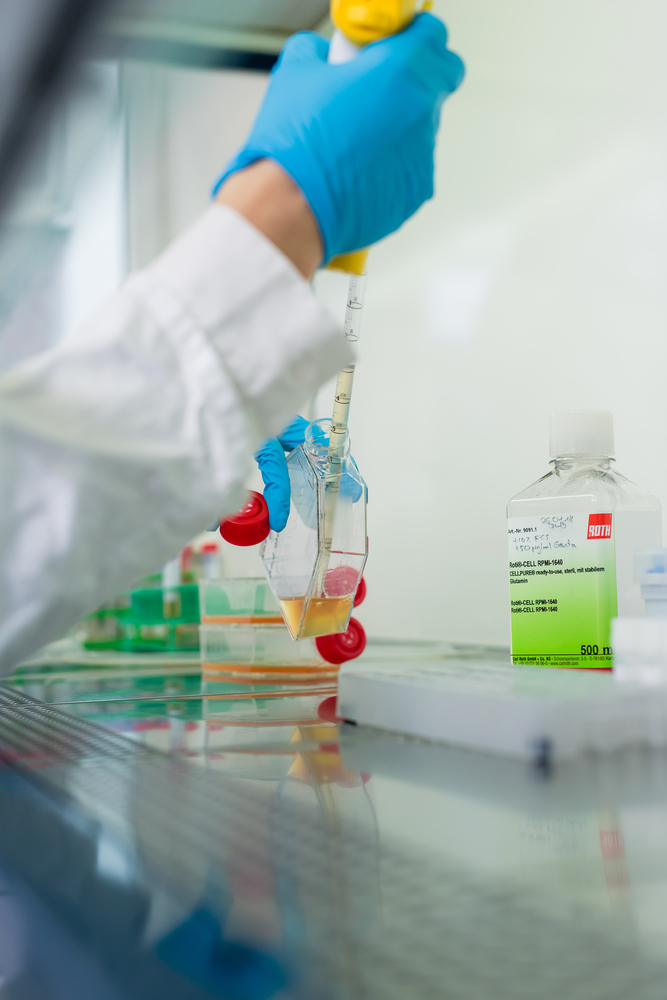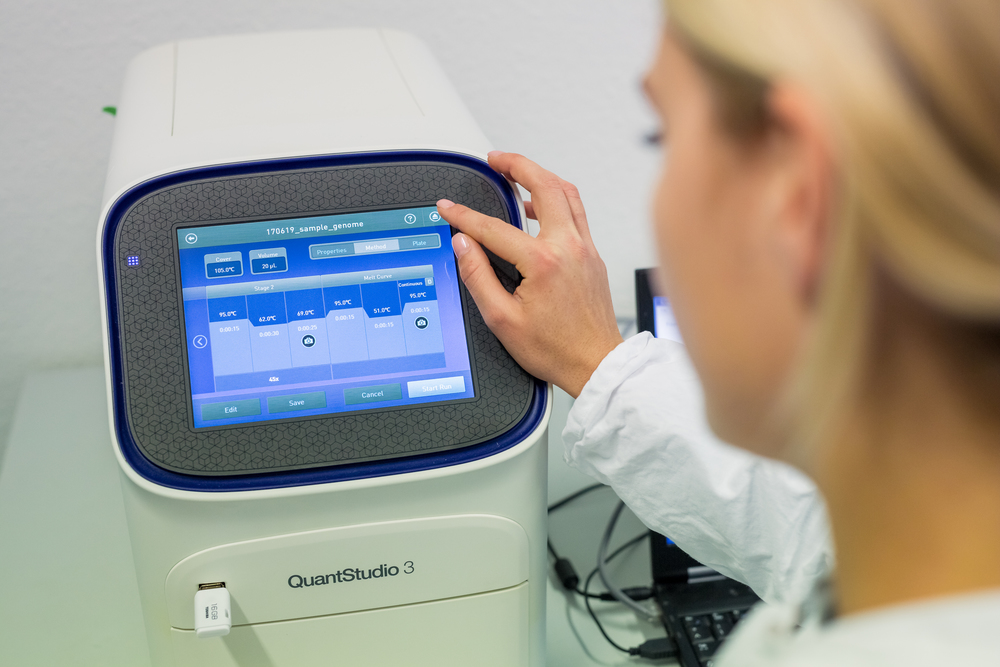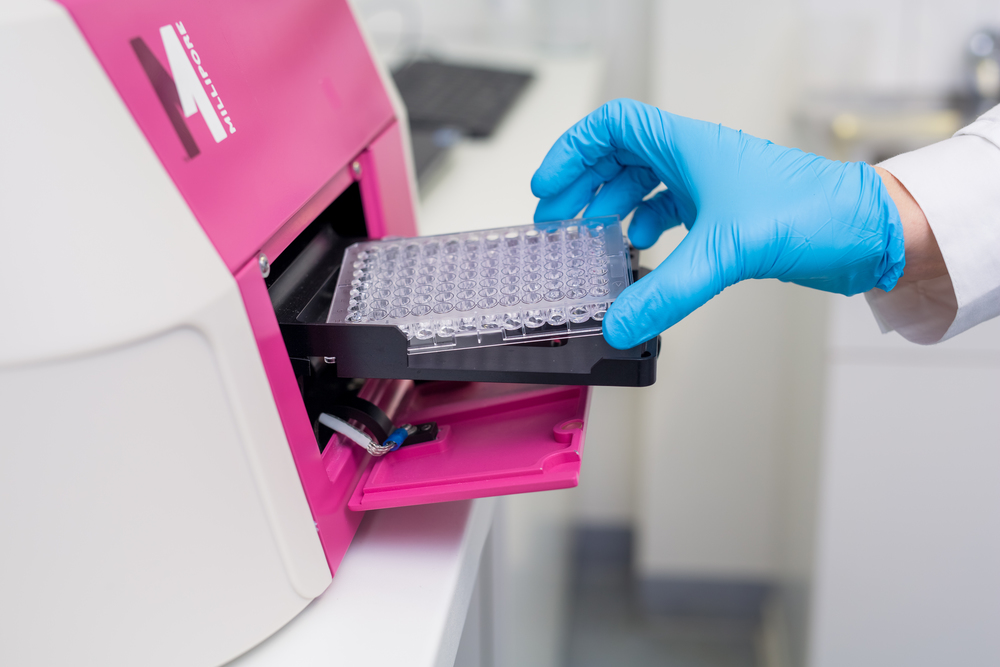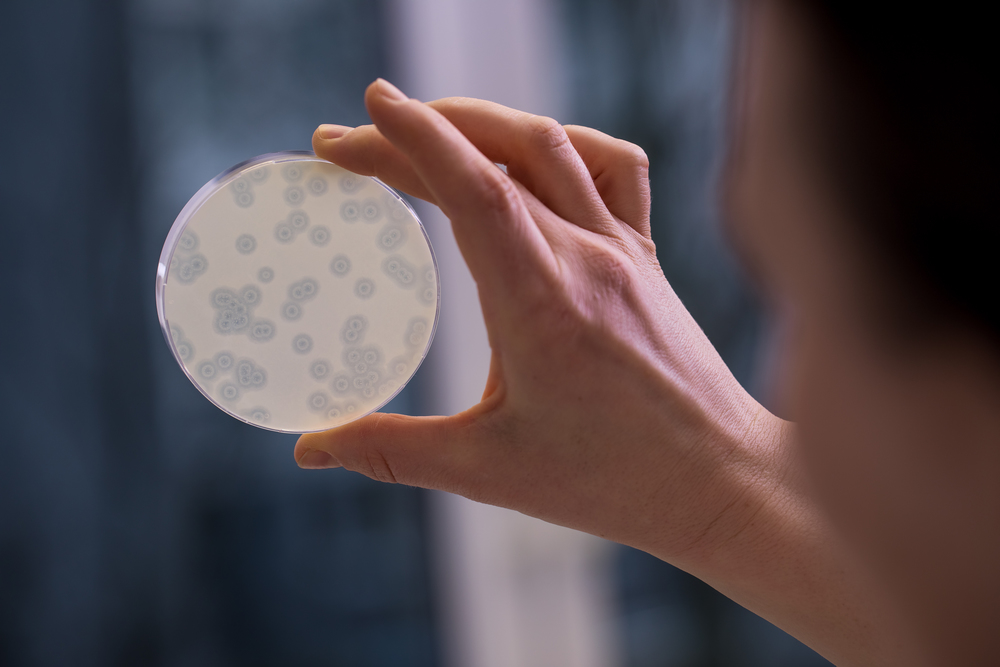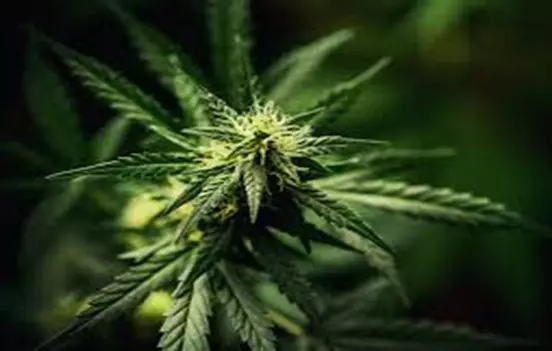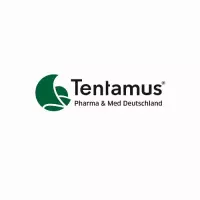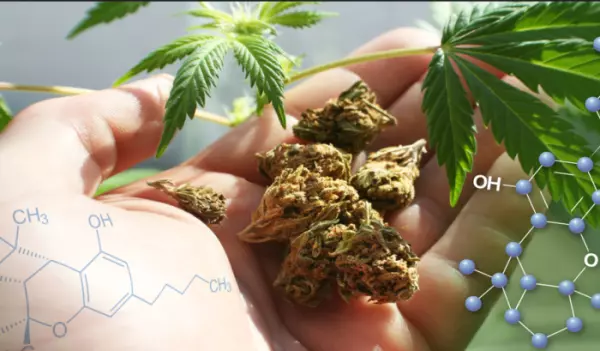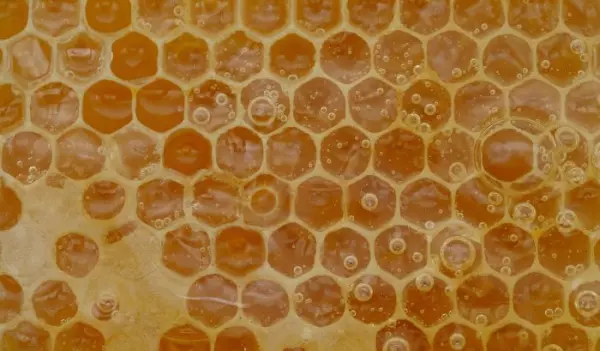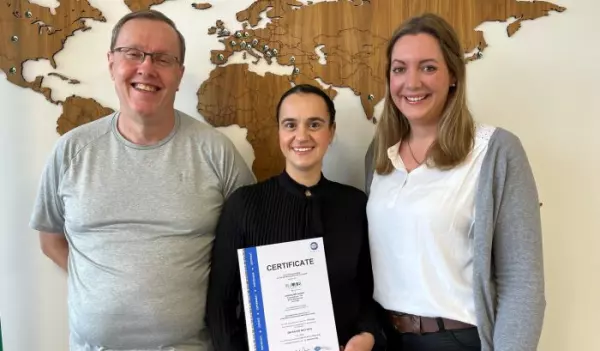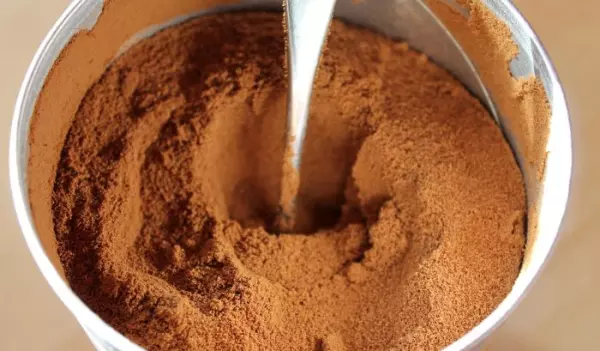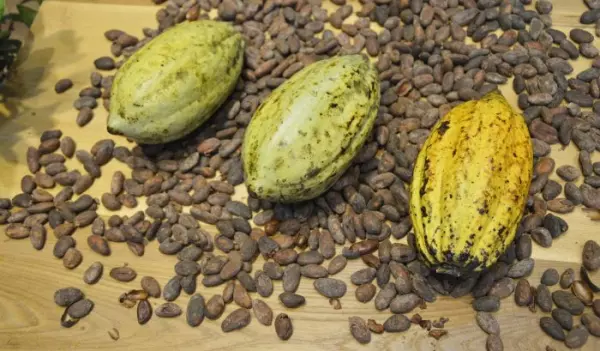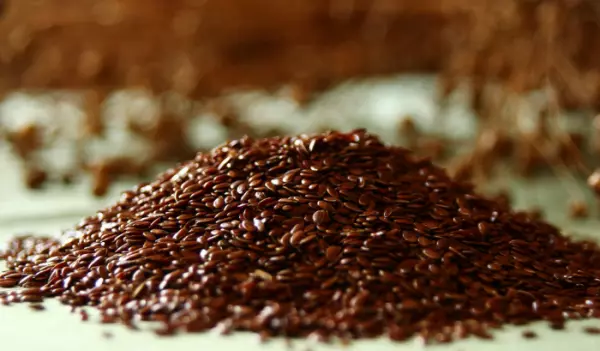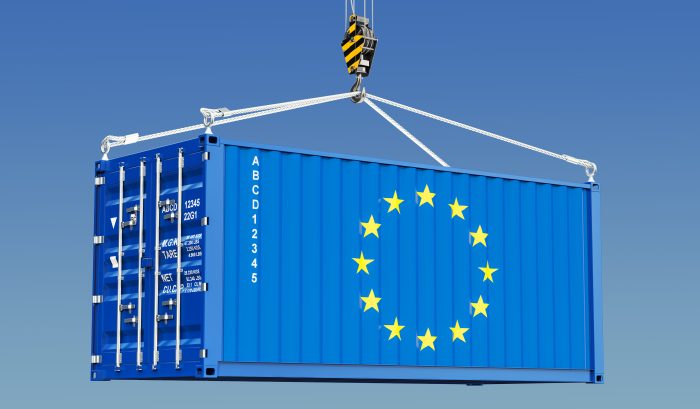
As of February 16, 2022, Annex 21 "Importation of medicinal products" of Volume 4 of the EU GMP Guidelines was finally published. It will come into force as a new annex on August 21, 2022, ie 6 months after publication, and sets out the principles and requirements that apply to a holder of a Manufacturing and Import Authorization (MIA) who produces medicinal products (human and veterinary medicinal products) from outside the EU/EEA into the EU/EEA.
This annex has been worked on and discussed for many years. A concept paper ( "Concept Paper" EMA/238299/2015 ) was already published in 2015, in which the topic of medicinal product import was addressed with the aim of establishing an additional annex. So it took about seven years to publish . "Finally" perhaps also because the question of whether the "financial" import ("fiscal transactions"), ie the physical whereabouts of the product in the EU but change of ownership in a third country and vice versa, is finally regulated in Annex 21, as a The sword of Damocles hovered over one or the other international corporation. With the publication of Annex 21, it becomes clear that "fiscal transactions" are not regulated in this document.
This Annex summarizes the GMP requirements that apply to Manufacturing and Import Authorization (MIA) holders when importing medicinal products (human, investigational and veterinary medicinal products) into the EU/EEA. Explicitly included here are investigational medicinal products, while medicinal products that are not authorized in the EU/EEA (ie are directly re-exported) are not regulated by the new Annex 21. The specifications for activities related to imports that already exist in the GMP guideline are still valid, the new Annex 21 is more of an addition.
The following locations are defined as responsible for importation and require authorization (MIA):
a) the place of physical entry and
b) the location of the QP certification of the imported medicinal products or the QP confirmation for bulk goods or intermediates that are further processed.
The QP must ensure that the pharmaceuticals concerned have been manufactured in the third country in accordance with the GMP requirements . It is clarified that, unless there is an MRA (Mutual Recognition Agreement), ie an agreement on mutual recognition, analytical investigations must be carried out. These are intended to prove that the requirements resulting from the granted approval are being complied with.
In the "Pharmaceutical Quality System" section, it is made clear again that the importer must be able to demonstrate a GMP-compliant quality management system . The creation of Product Quality Reviews (PQRs) is also required here. In particular, attention should be paid to corresponding quality agreements, and the analysis results generated in the EU and in third countries should be compared with each other.
The "Premises" section makes it clear that imported goods must remain in quarantine before being released by the EU QP. The largest paragraph is dedicated to the documentation. This explains, among other things, that the QP must have the complete batch documents available for certification or confirmation of the batch. The fact that a packing list, shipping documents or an import customs declaration is also required means that the certification of a batch can only take place after physical import and customs clearance.
Finally, reference is made to the responsibility of the QP with regard to "ongoing stability", safety features and reference and reserve samples, and compliance with Chapter 8 of the GMP Guideline (complaints and recalls) is required.
All in all, a long period of time for the annex to come into being for rather few new findings and demands, which in practice have so far mostly been sc



